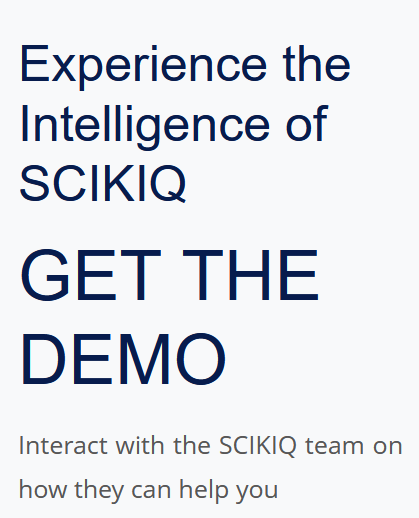Organization's Data Readiness Framework for Implementing Business Strategy
To achieve alignment between business priorities and data maturity, it is essential to grasp their correlation and the required levels of data maturity. The following framework provides a high-level evaluation of an organization's data readiness for effective business strategy implementation. It outlines the expected state of the data landscape for each business priority:
Business Priority: Revenue Growth
- Mature data infrastructure, storage, integration, and governance.
- Data collection from sales, customer interactions, and market sources.
- Basic data analysis and reporting capabilities.
- Customer segmentation and profiling for targeted growth.
- Advanced analytics with predictive modeling and customer lifetime value analysis.
Business Priority: Cost Optimization
- Robust data management practices ensuring data quality and accessibility.
- Data integration across systems for cost consolidation.
- Cost analytics for identifying savings opportunities.
- Effective supplier data management with performance metrics and pricing information.
- Utilization of advanced analytics for cost modeling and variance analysis.
Business Priority: Customer Satisfaction
- Well-organized and accessible customer data for understanding preferences.
- Data collection mechanisms capturing feedback from multiple touchpoints.
- Customer sentiment analysis and text mining for insights into satisfaction levels.
- Personalization capabilities using customer segmentation and predictive analytics.
- Real-time data integration and analytics for proactive customer support.
Business Priority: Market Expansion
- Collection and analysis of market research data for new opportunities.
- Customer segmentation and targeting based on demographic and behavioral data.
- Gathering and analysis of competitive intelligence for market understanding.
- Utilization of localization strategies informed by regional preferences.
- Use of comprehensive market and customer data for localized marketing campaigns.
Business Priority: Operational Efficiency
- Data integration and automation for streamlined processes.
- Tracking and visualization of key performance indicators (KPIs) through data dashboards.
- Utilization of predictive analytics for demand forecasting and supply chain optimization.
- Data-driven insights for process optimization using techniques like process mining.Application of continuous improvement methodologies with data for efficiency measures.
